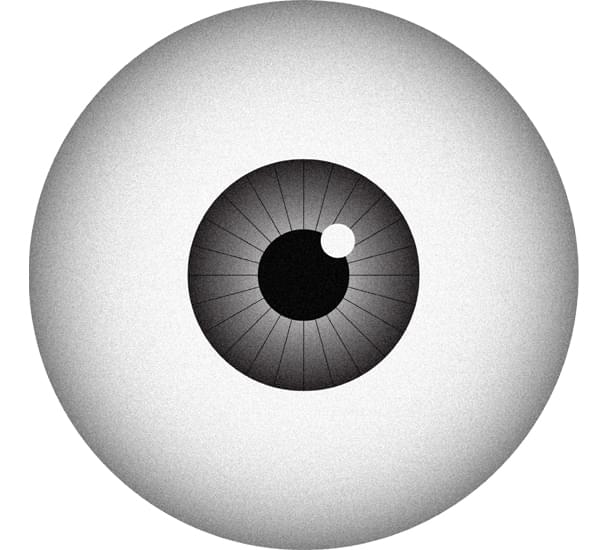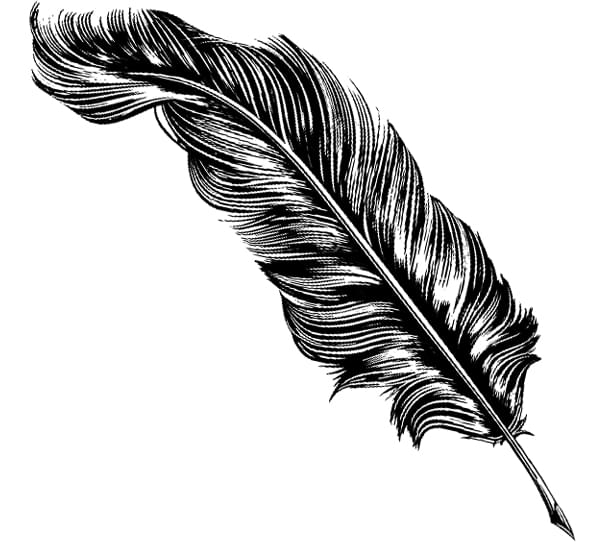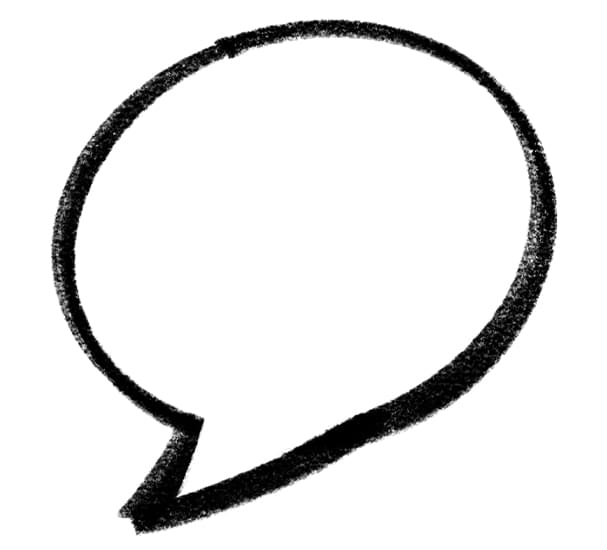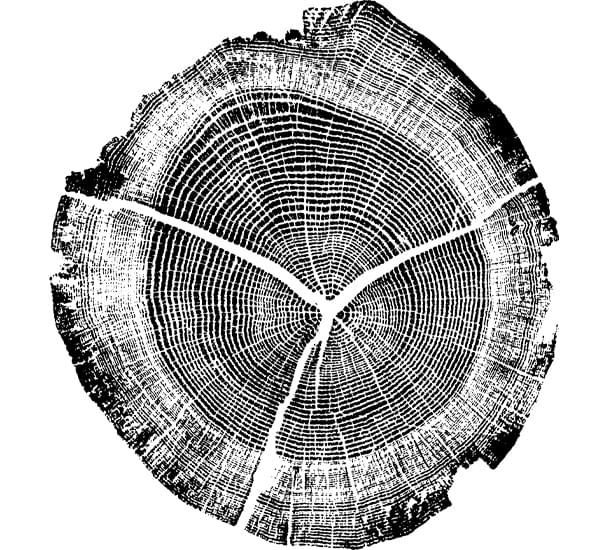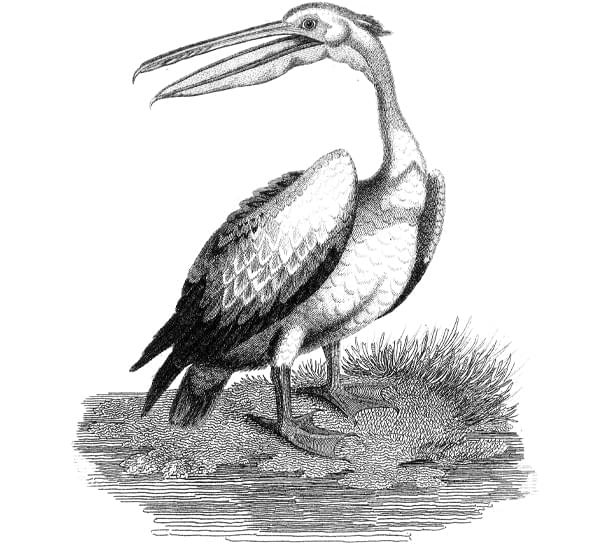Journalism
Journalism
1996 – Present
These pages and links collect most of my journalism, except an inglorious apprenticeship at InfoWorld, covering operating systems and programming languages, and some student writing at Isis, Oxford’s magazine, best forgotten. The archives include scans of all the Red Herring issues I edited, and the complete set of Acumen—the only record of those magazines available online.
Latest
My picks

Acumen Journal of Life Sciences
2003 – 2004
The Acumen Journal of Life Sciences, which I founded, was a short-lived but well-regarded journal that covered the impact of biotechnology on business, politics, and society. It boasted a distinguished stable of writers, including Horace Freeland Judson (author of the greatest popular science book ever written, The Eighth Day of Creation), Sherwin Nuland (who wrote How We Die), and Jerry Groopman (author of The Measure of Our Days). Judson and Nuland later wrote for MIT Technology Review; both are now dead. I’m proud of recalling Horace from semi-retirement, and coaxing from him a last few stories. Maria Del La O, who was Acumen’s managing editor, was responsible for the publication’s high polish. The design was by Roger Black and Jackie Goldberg.
Red Herring
1996 – 2002
Red Herring was one of a half-dozen publications, including Wired, The Industry Standard, and Business 2.0, founded in the 1990s to cover the digital revolution.
Red Herring, where I was the editor, was the most original. Its tagline was “The Business of Technology,” and although we were especially interested in venture capital, startups, and public markets, we took all of technology as our subject, including its impact on the arts, sciences, and society. The tone was jokey and informal. We were insiders, inviting readers to the best party on Earth. While we were often critical of individual companies, we were unapologetic evangelists for technology entrepreneurialism.
The company grew from 30 people in a corner of the Hamm’s building in San Francisco in 1996, to hundreds in plush offices in three cities by 2000. At Red Herring’s height, we published two 500-page books every month and hosted six large events each year — such was the demand from banks and startups for advertising pages and sponsorship. There was a flourishing daily news Website (one of the first in publishing). And then, quite suddenly, with the bursting of the dot.com bubble, it was over.
Many of Red Herring’s editors and writers have gone on to larger things, not always in journalism, including Sarah Fallon(now editorial director at Godfrey Dadich Partners), Kenn Cukier (today a senior editor at The Economist), Om Malik (a partner at True Ventures), Duff McDonald (author of The Golden Passport and other books), Joanna Pearlstein (an opinions editor at The New York Times), Peter Rojas (the founder of Gizmodo and Engadget), Owen Thomas (business editor of The San Francisco Chronicle), and Blaise Zerega (managing editor of Alta Journal). Debbie Gravitz, Red Herring’s first managing editor, was the unsung hero of the publication’s early success. Roger Black redesigned the magazine at least twice. Bart Nagel shot many of the portraits.
The news site and events business that uses Red Herring’s name today has no relation to the historical publication.
Want me to write a clever piece? Propose it here.




